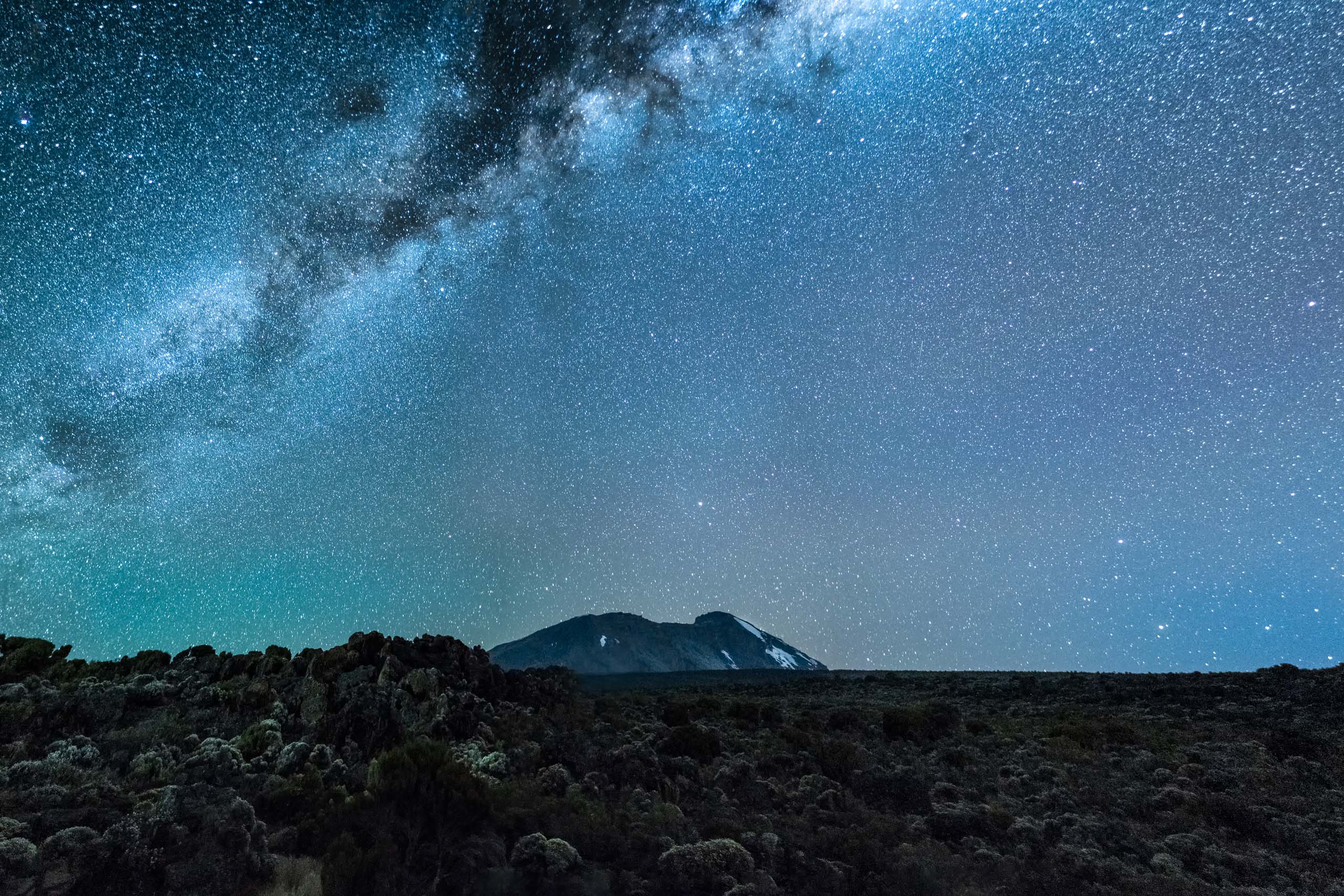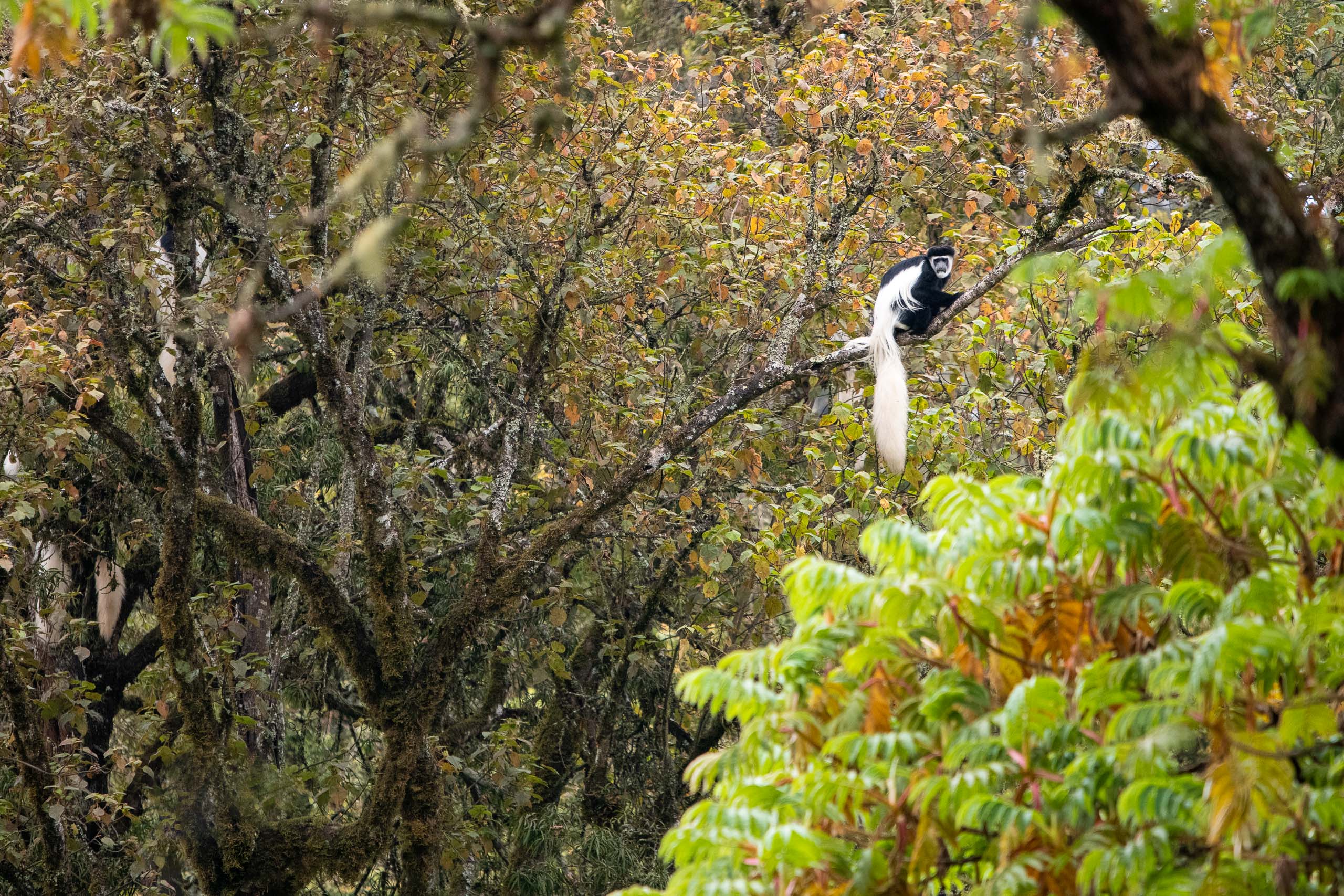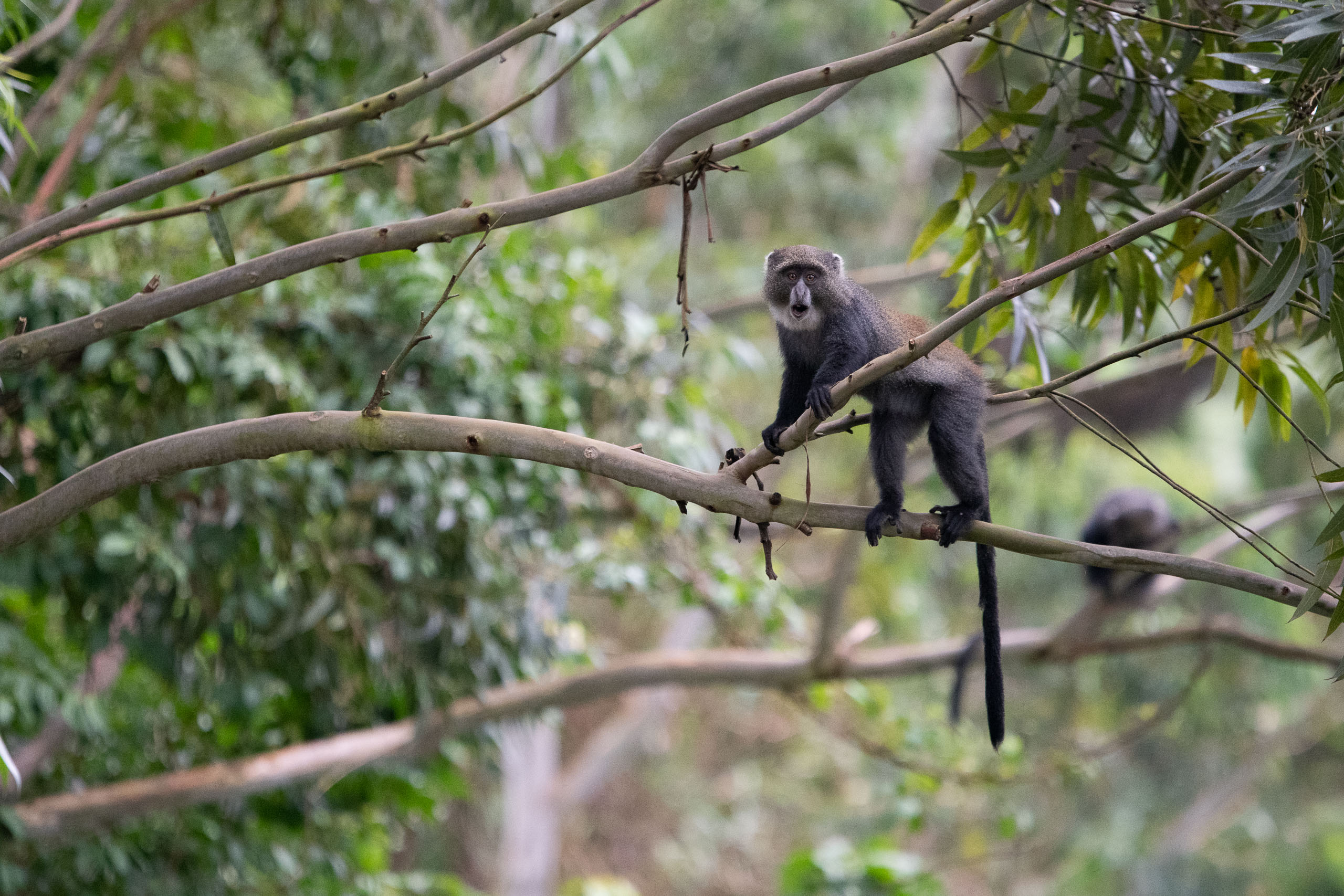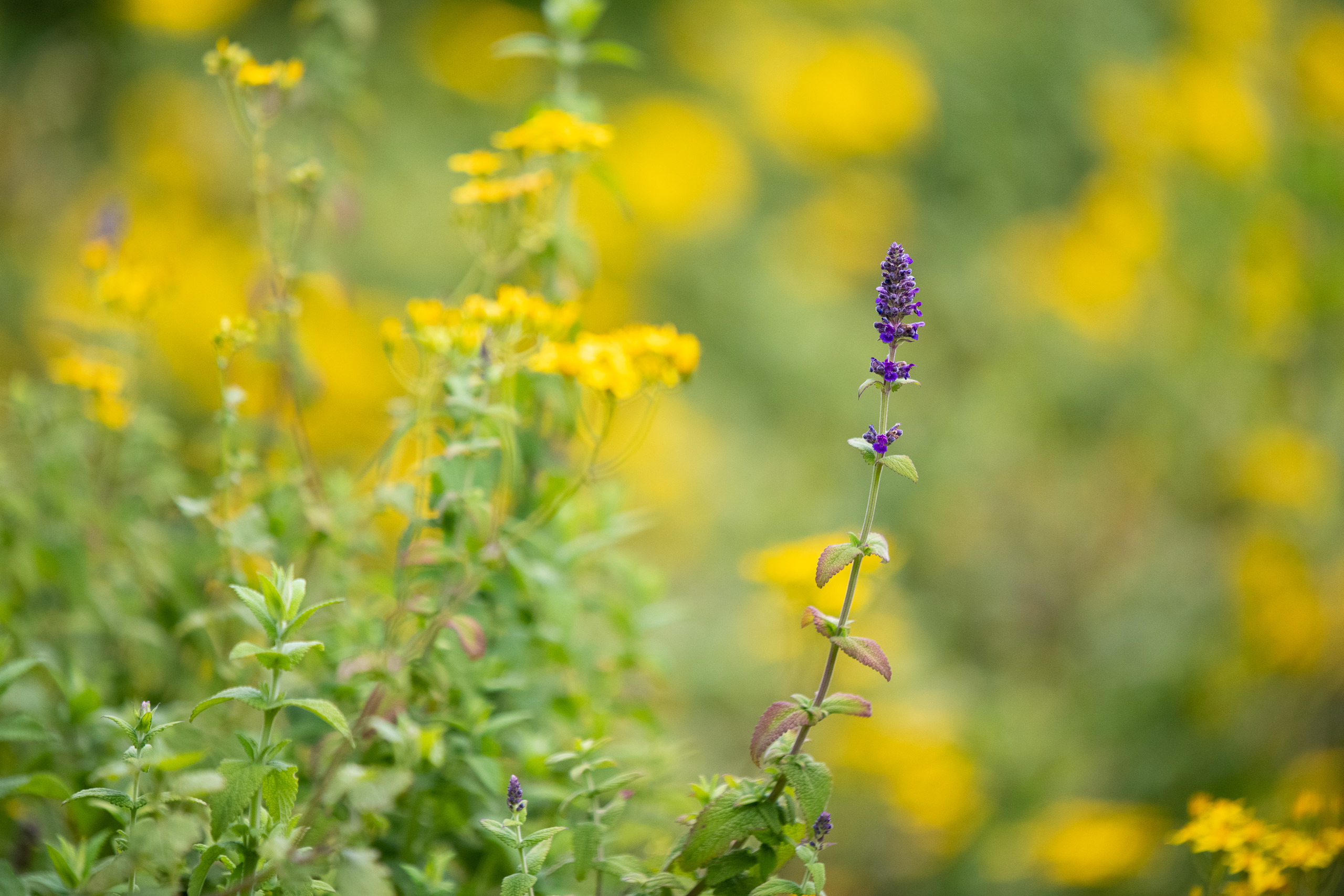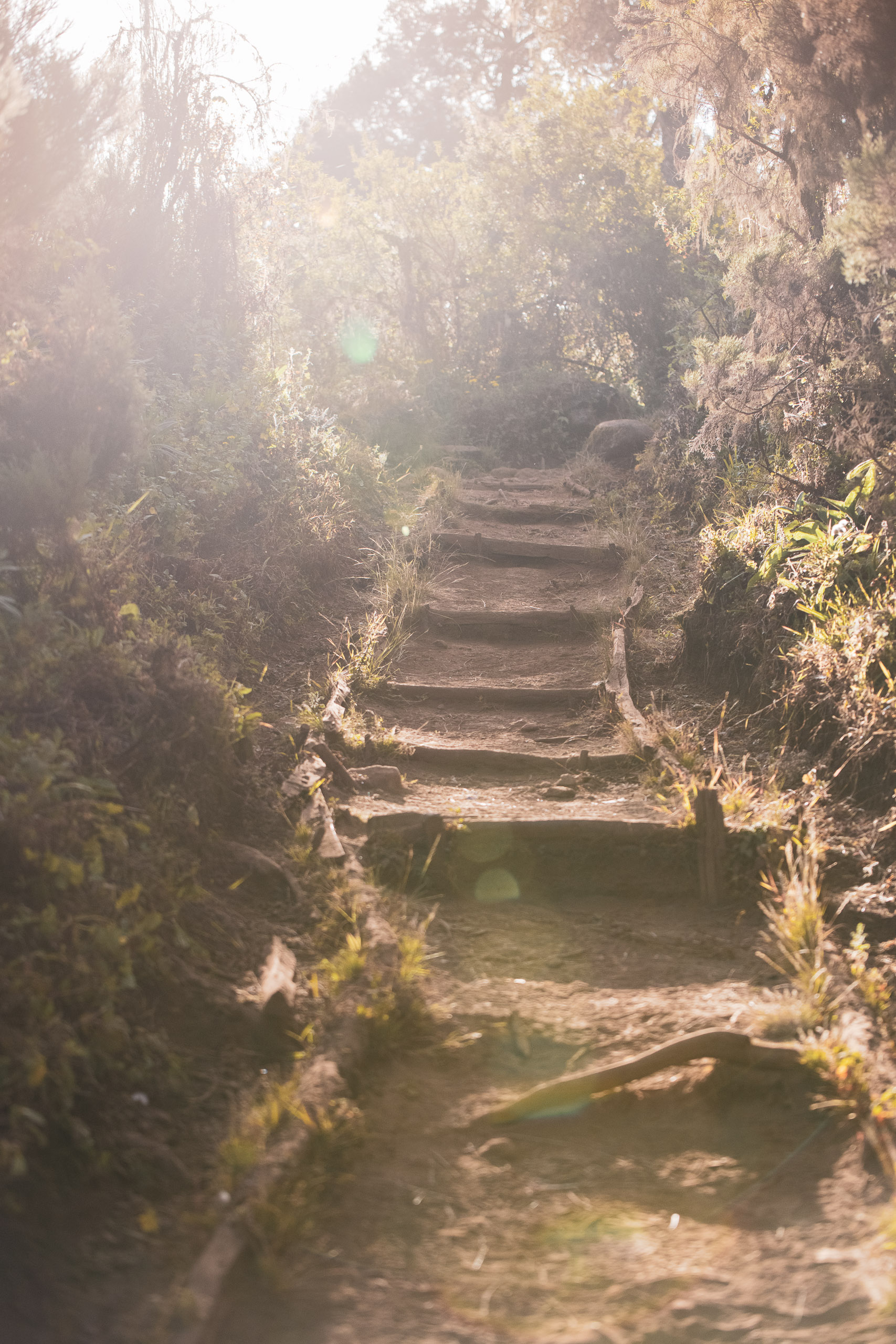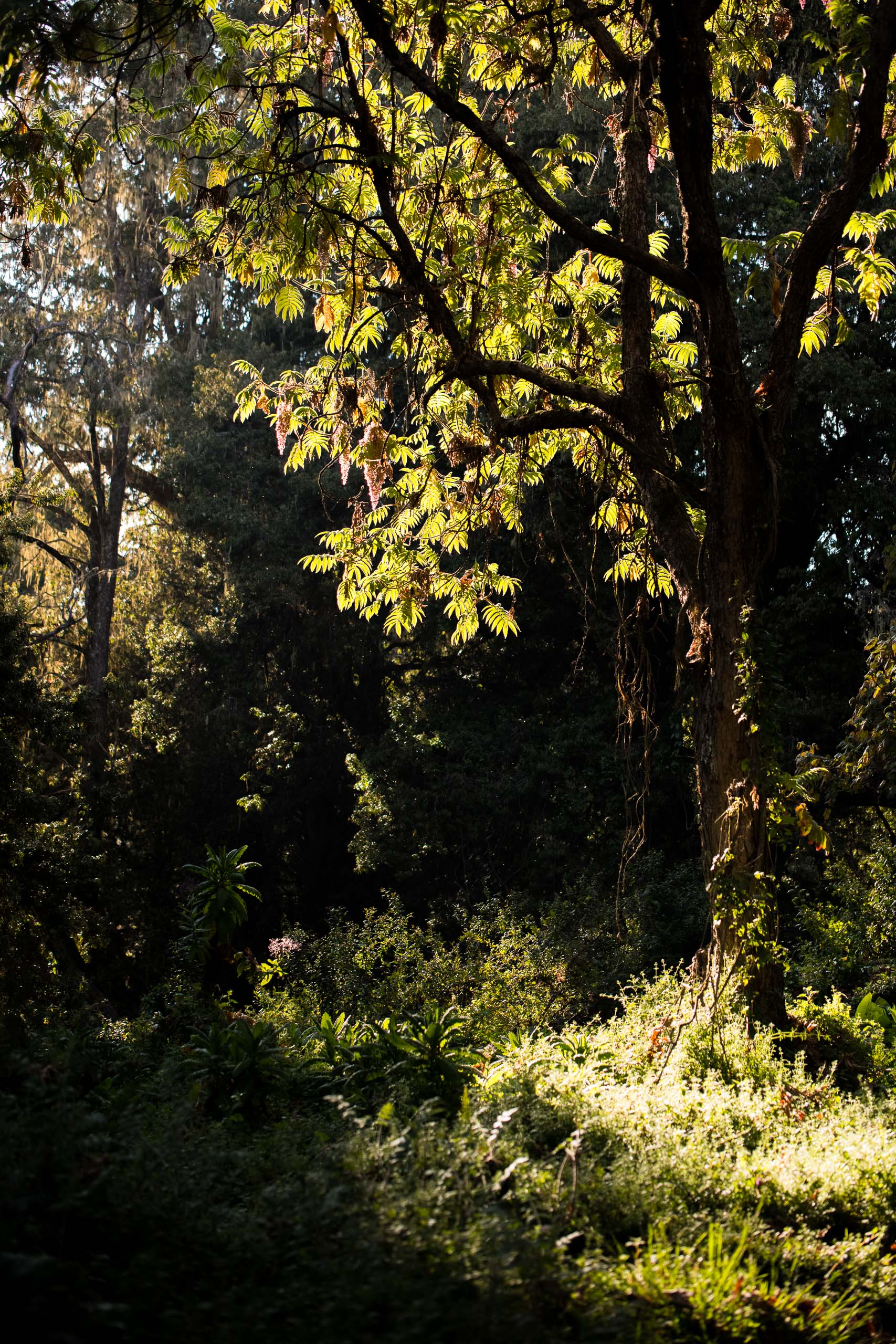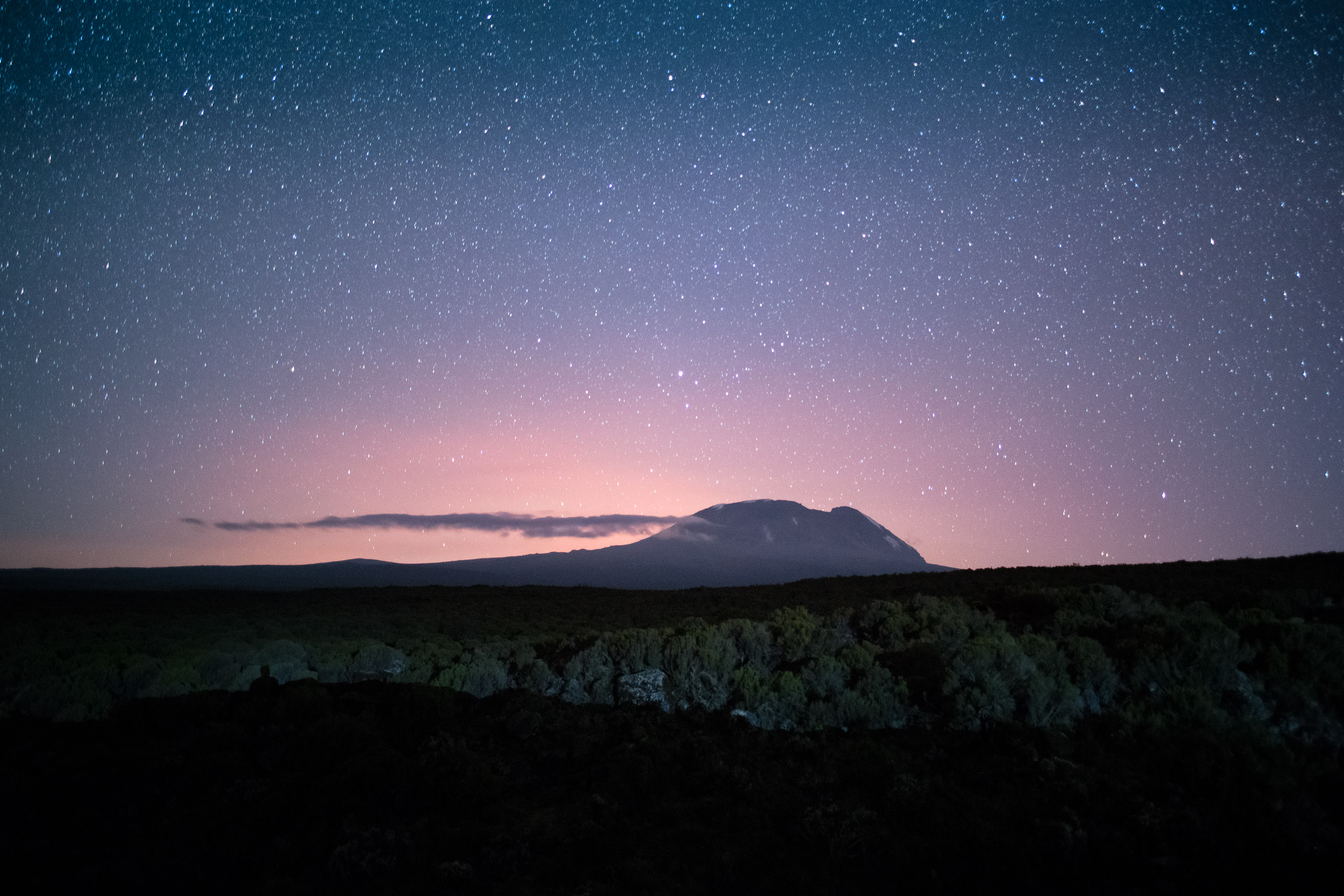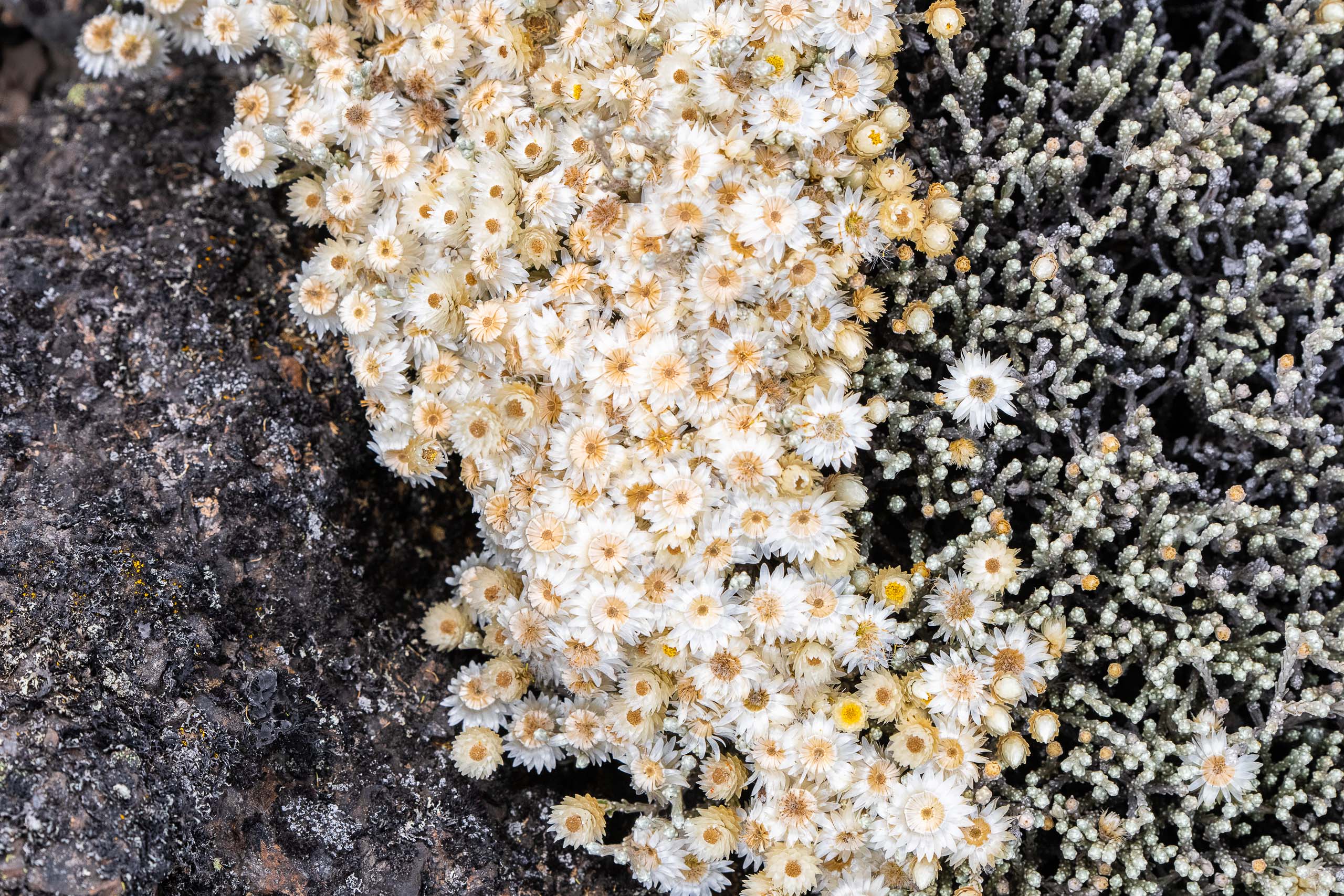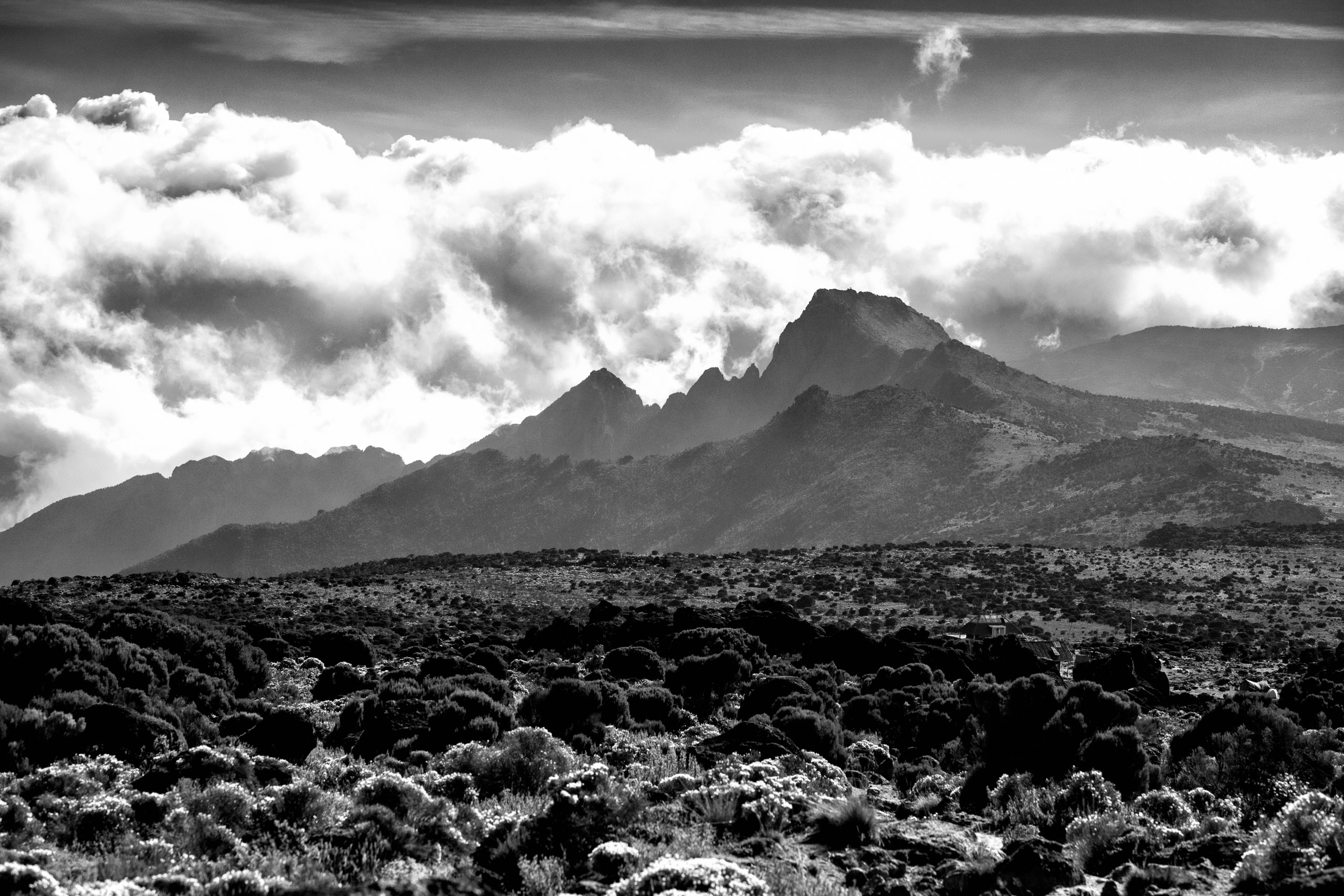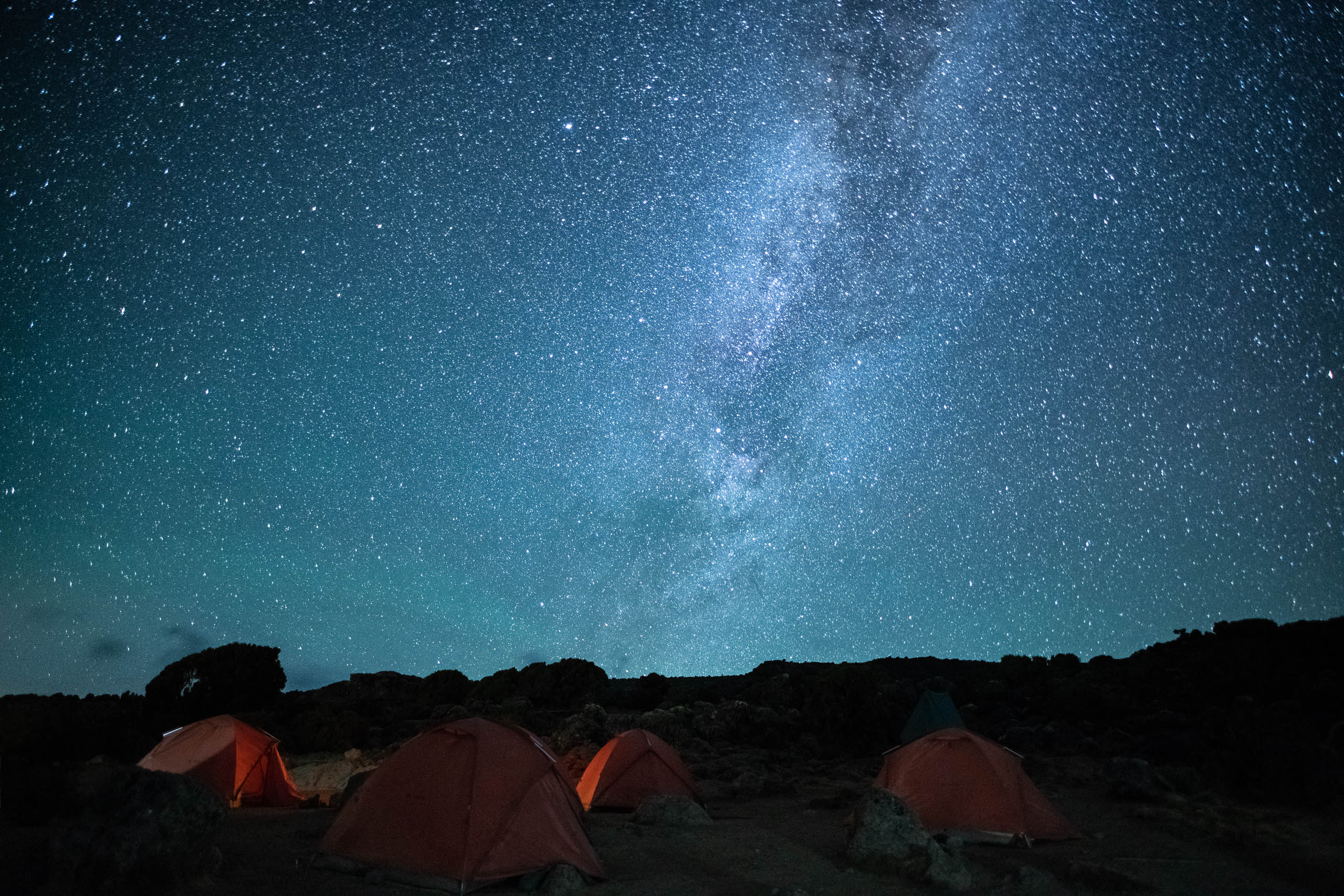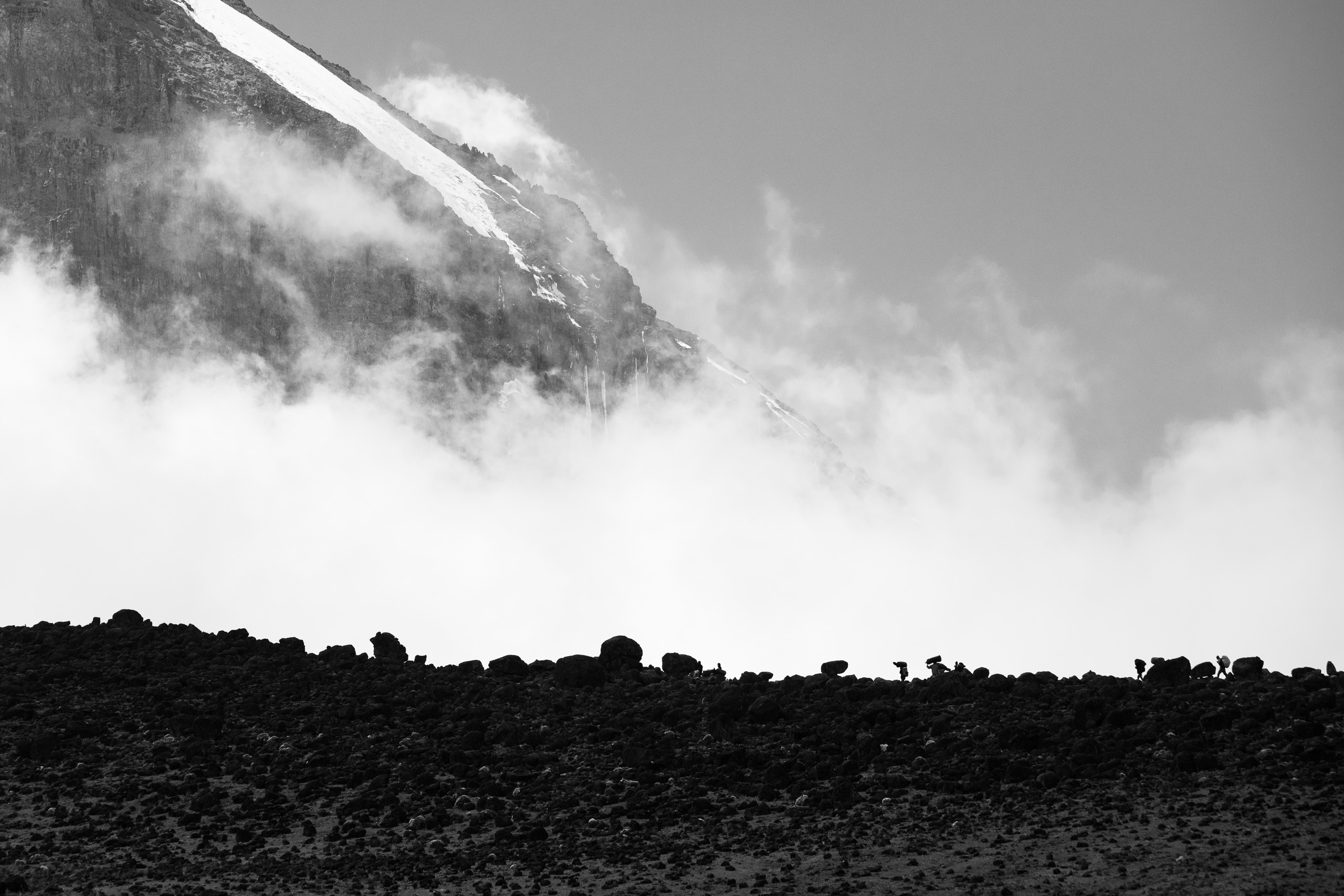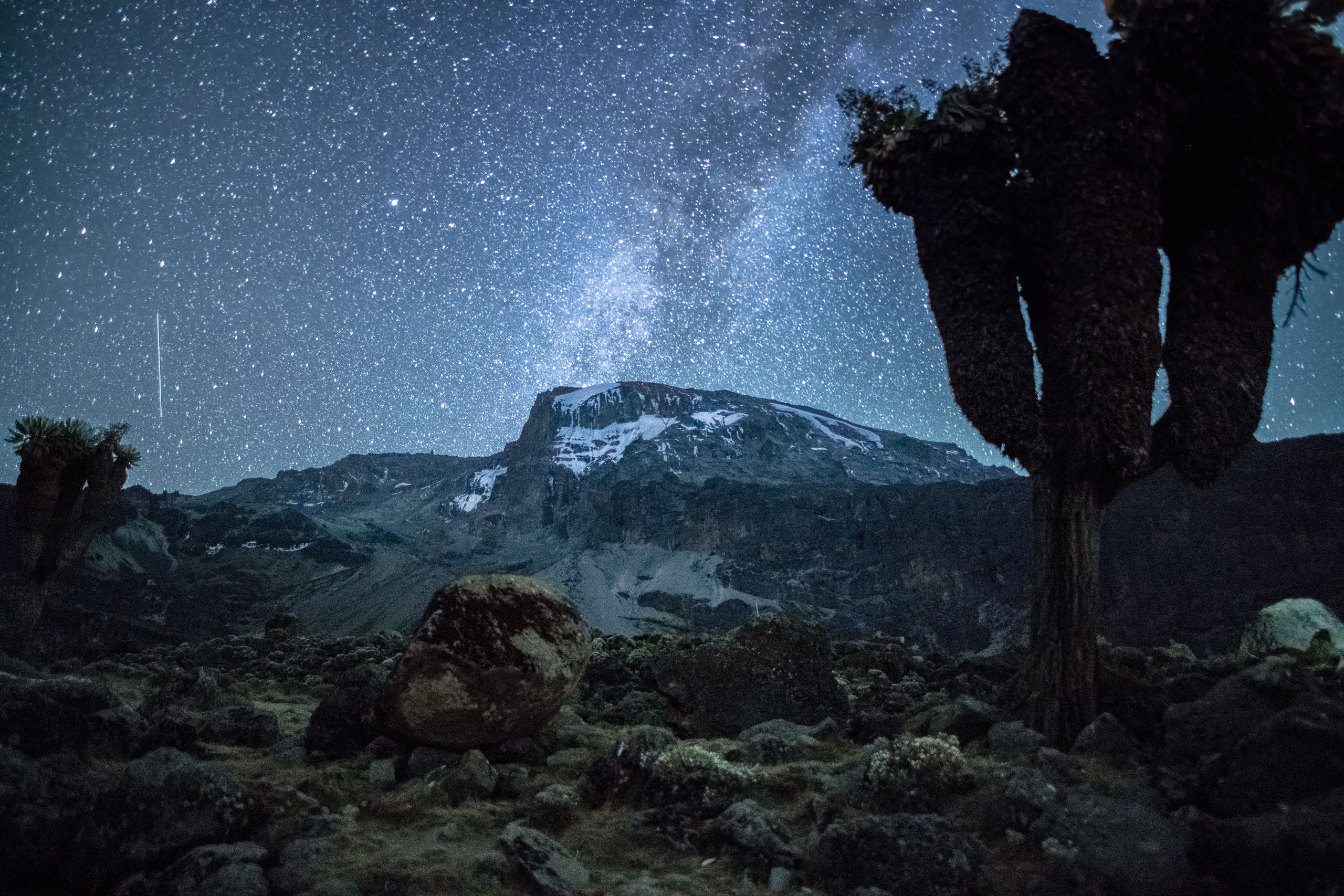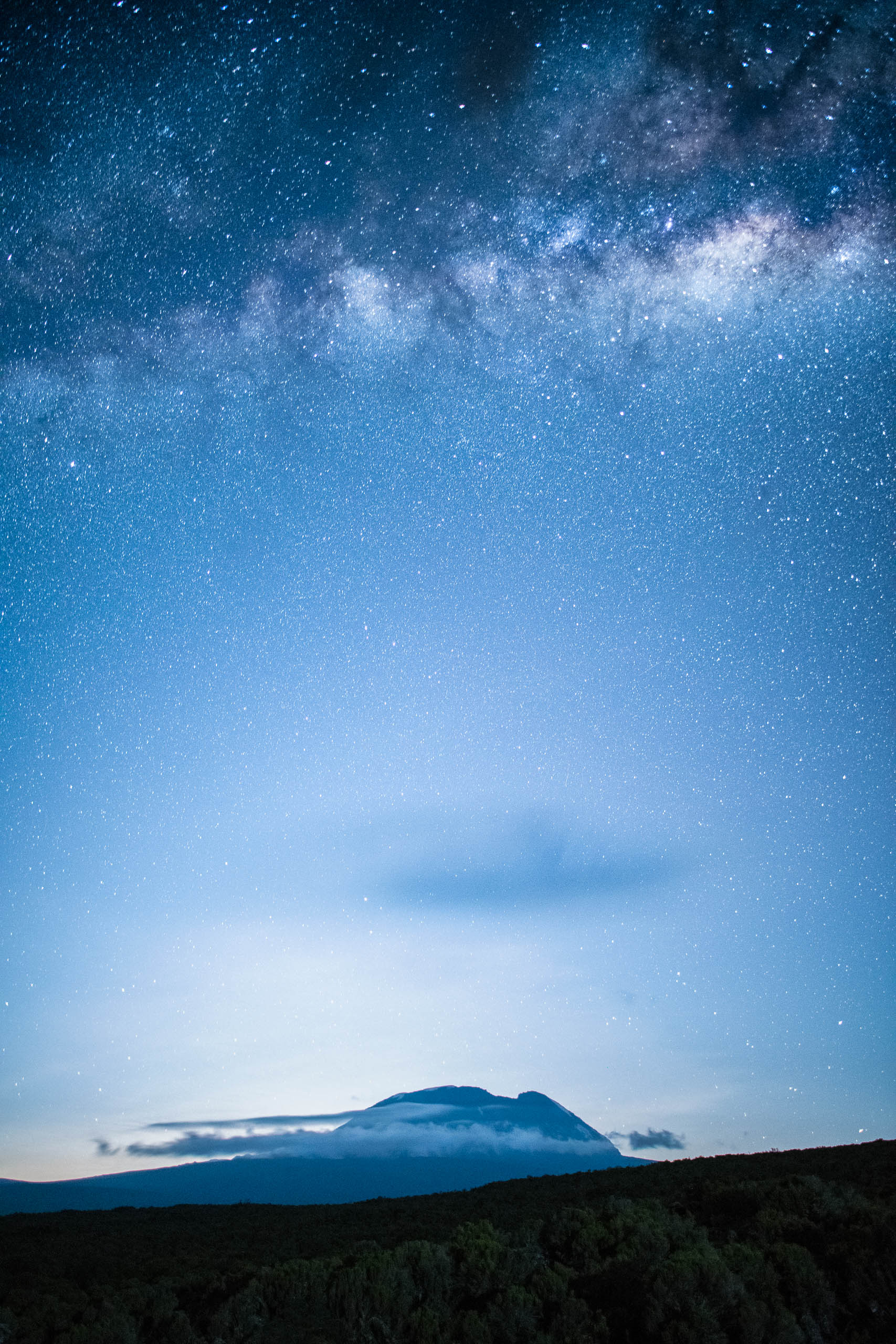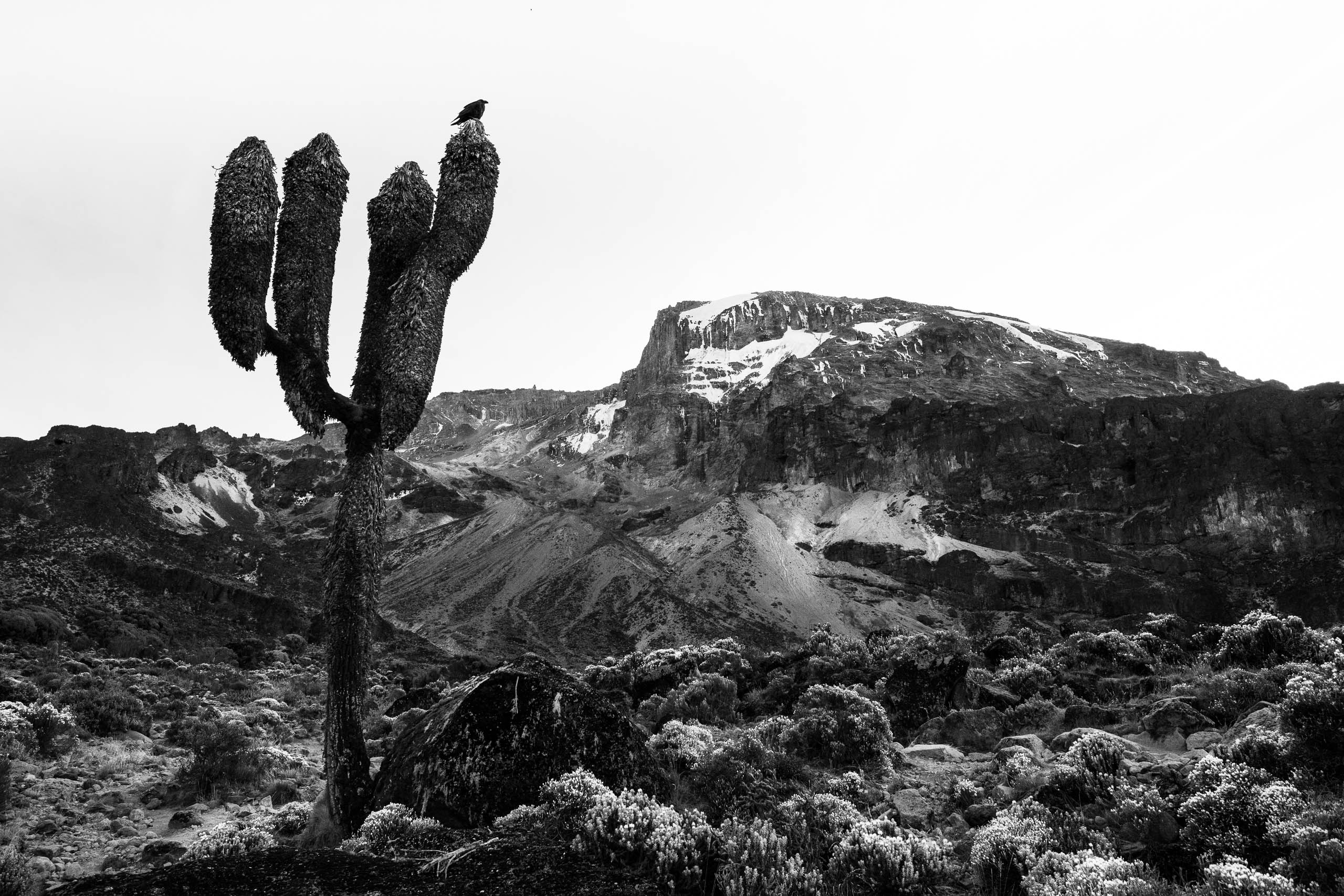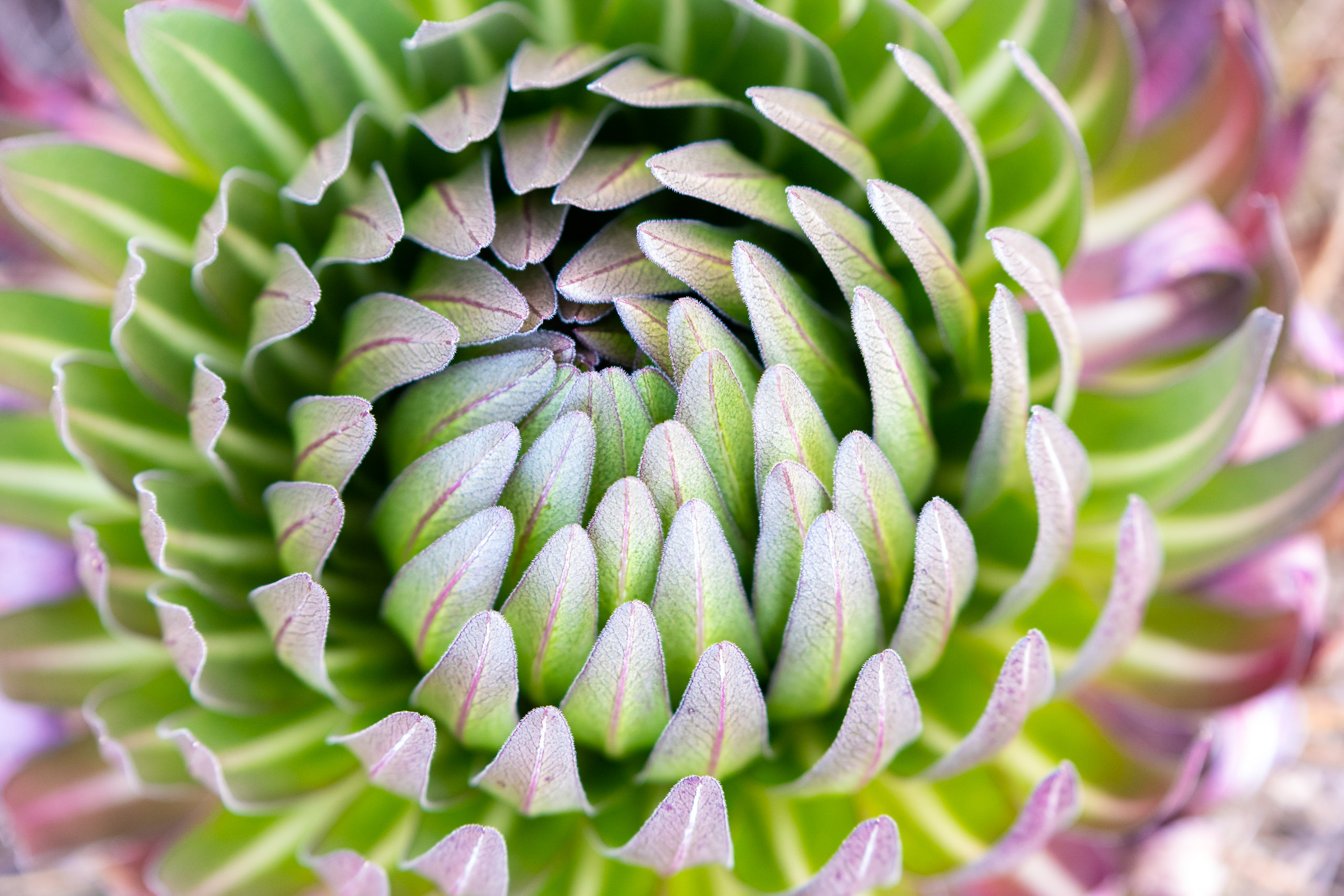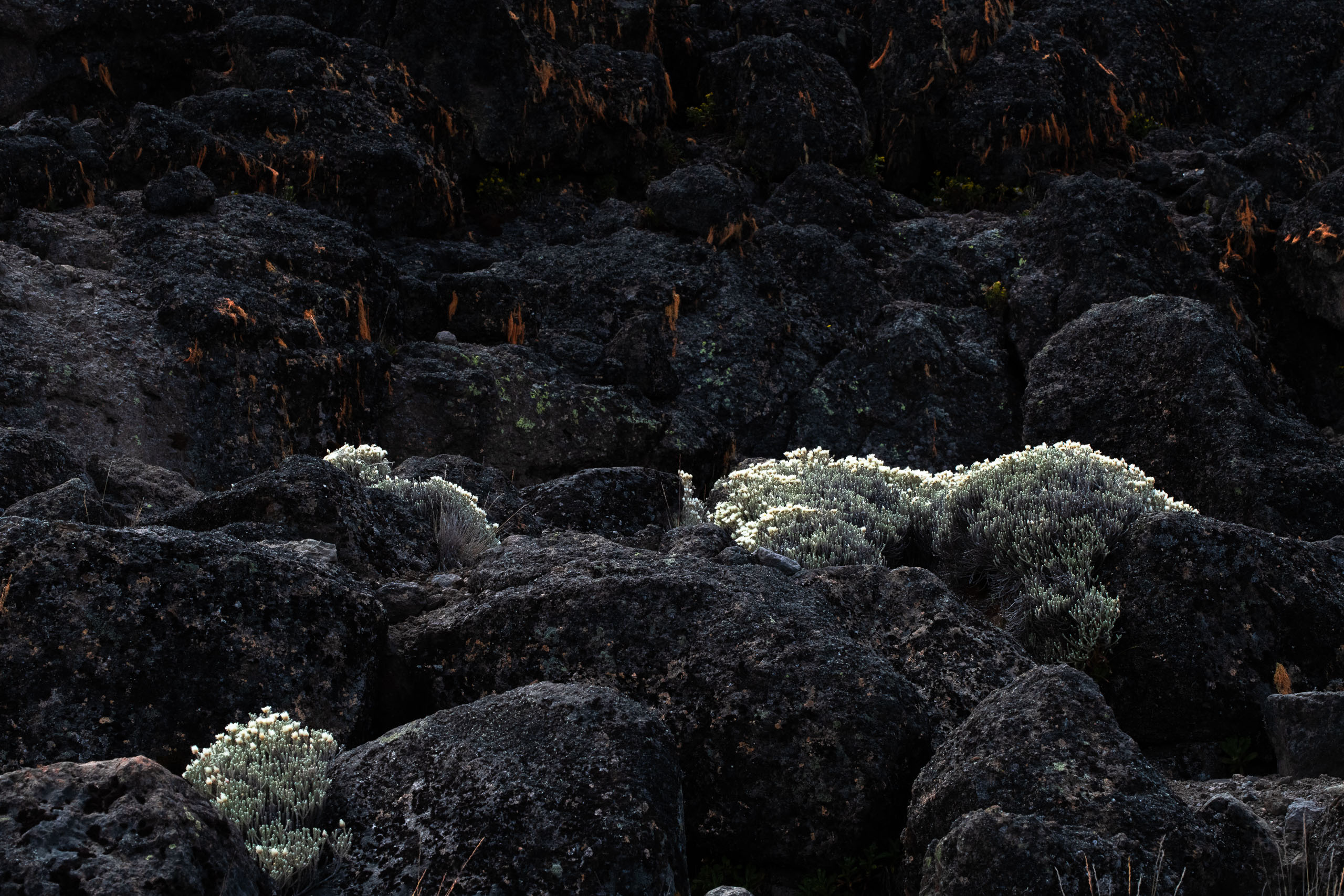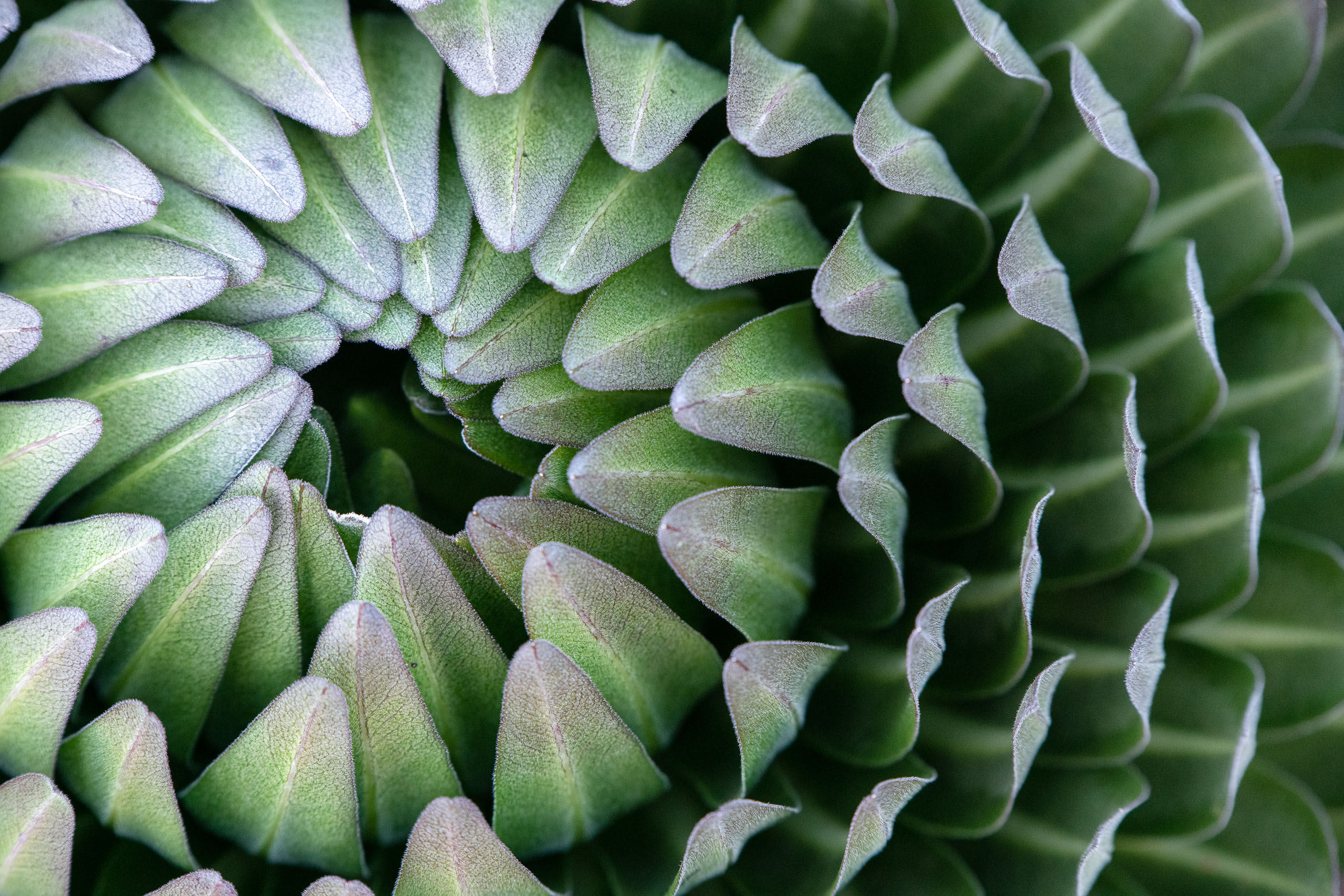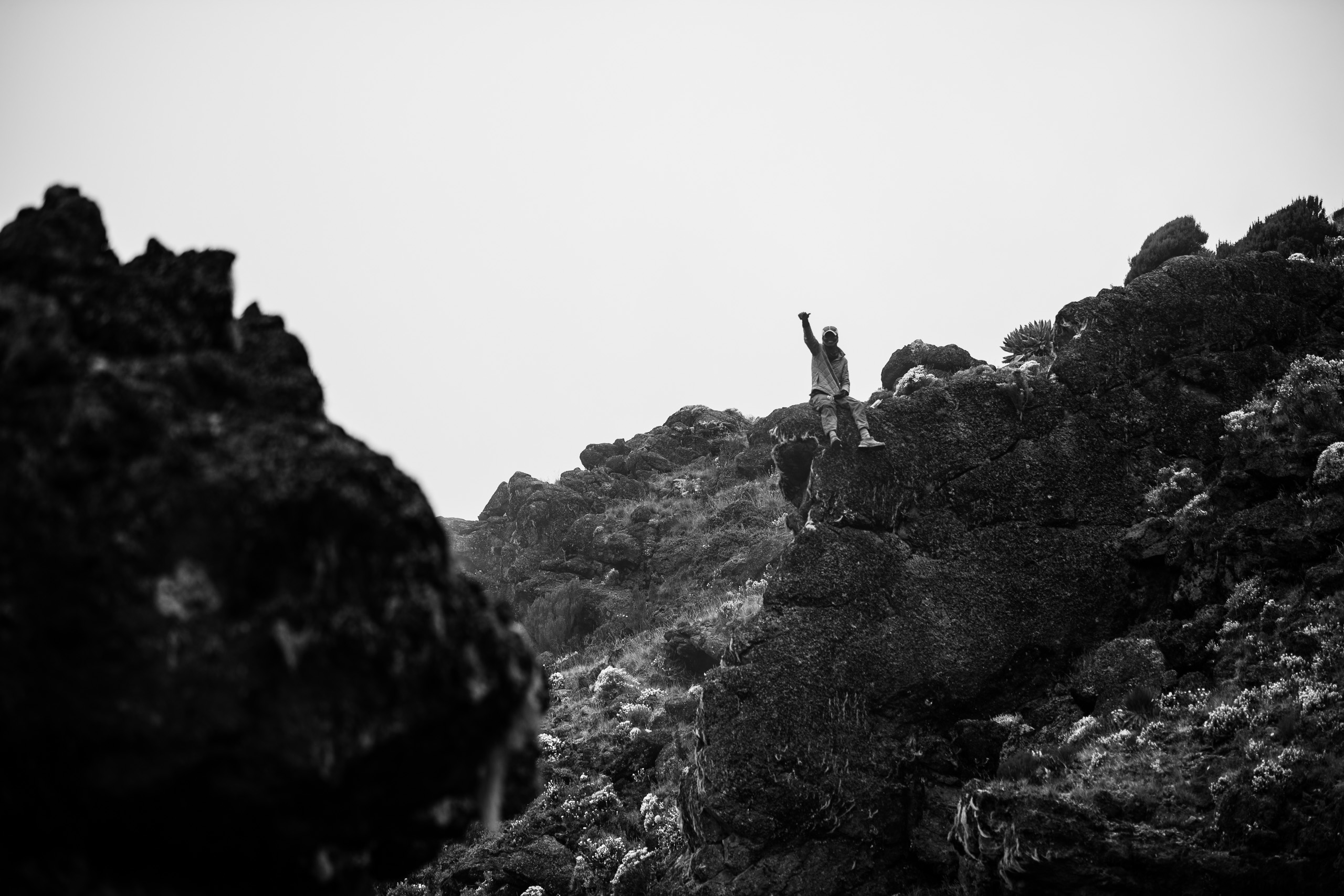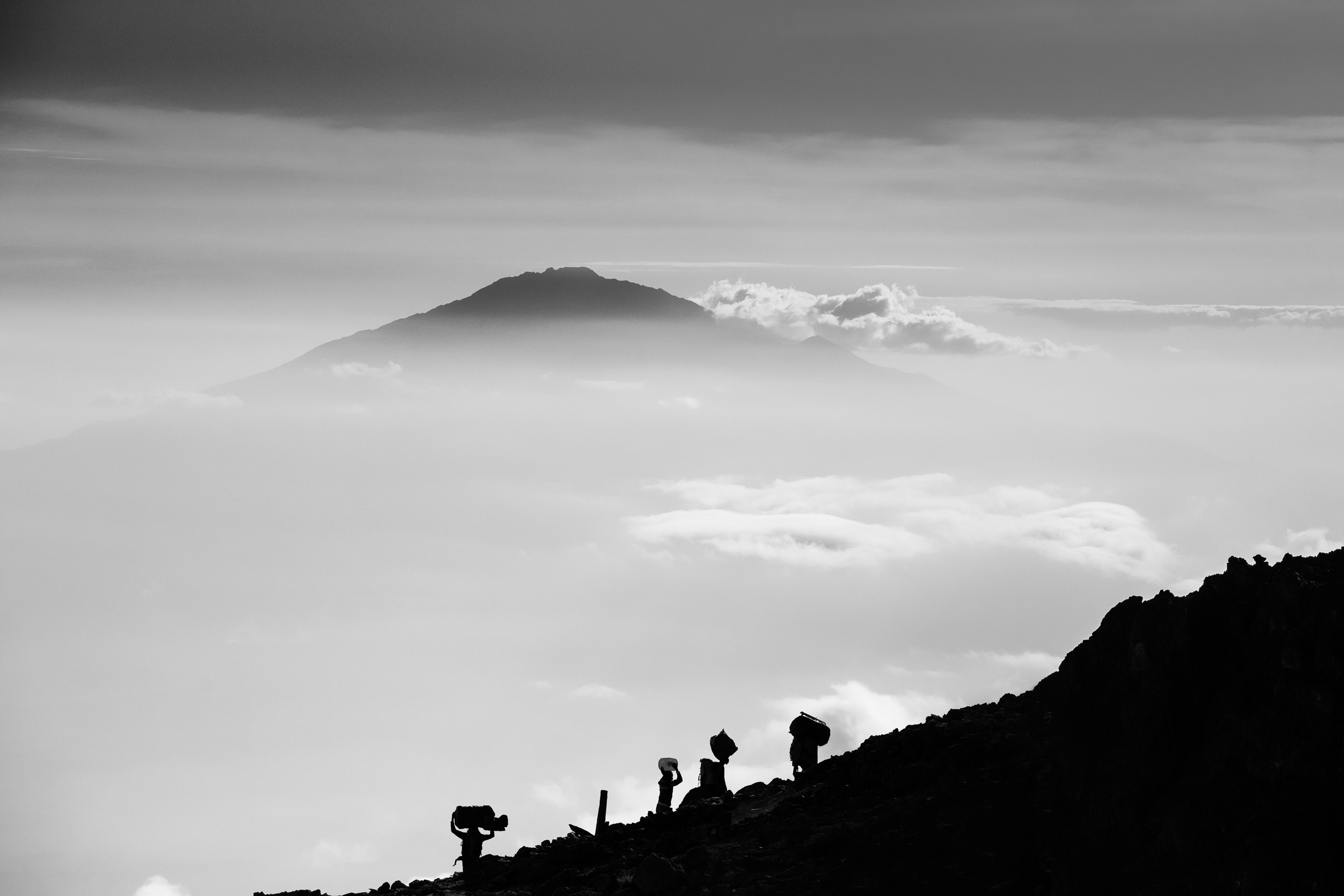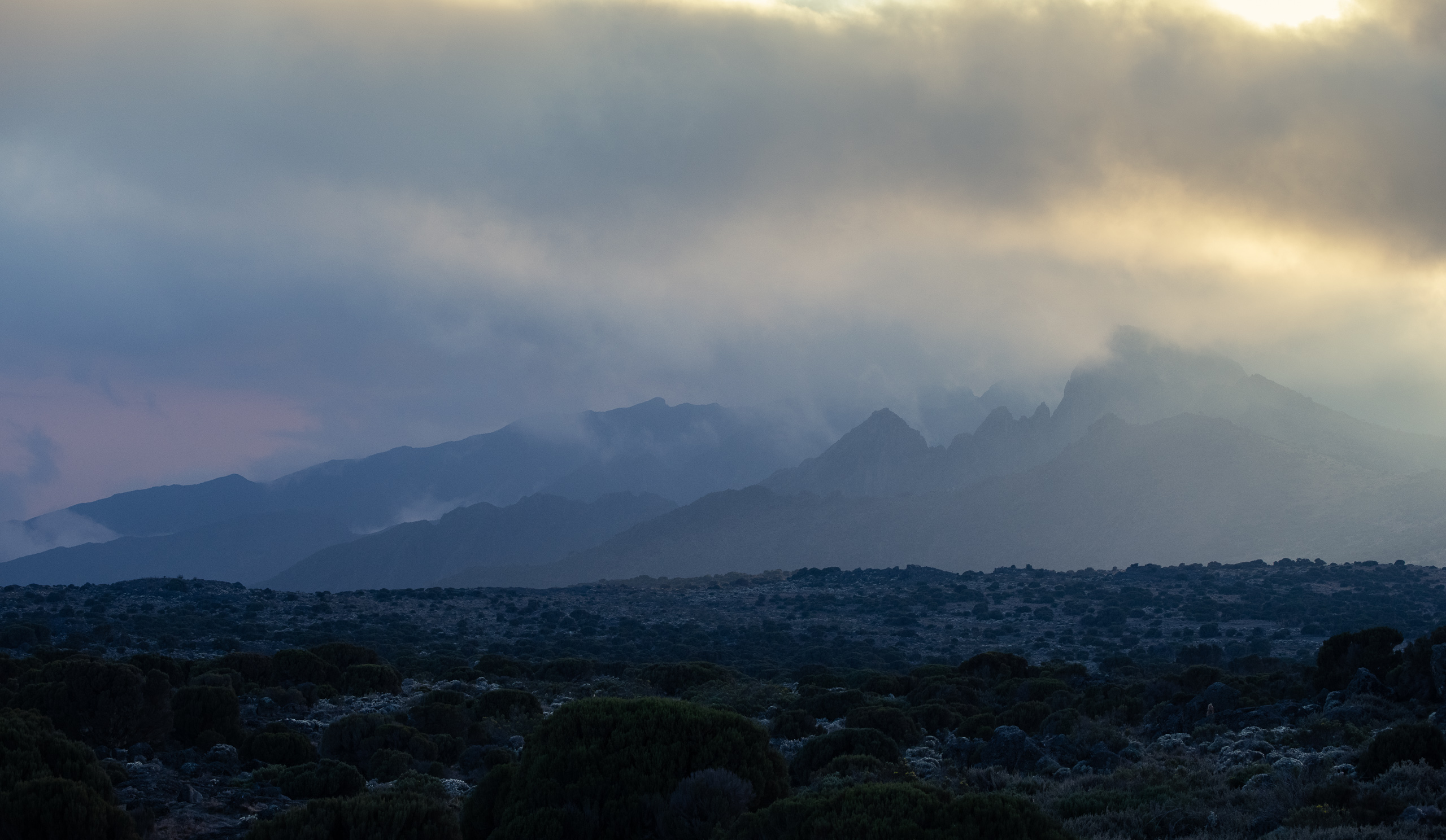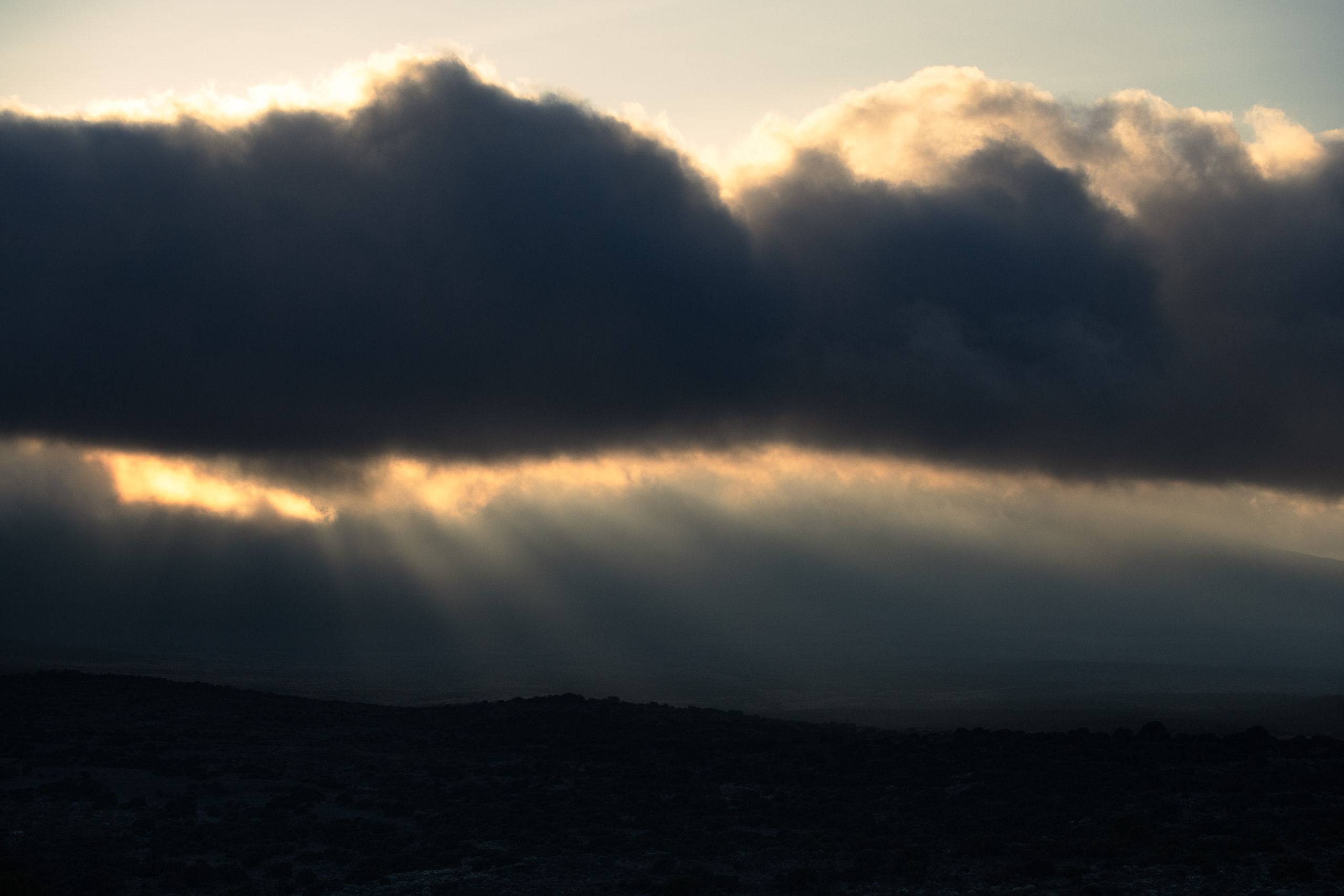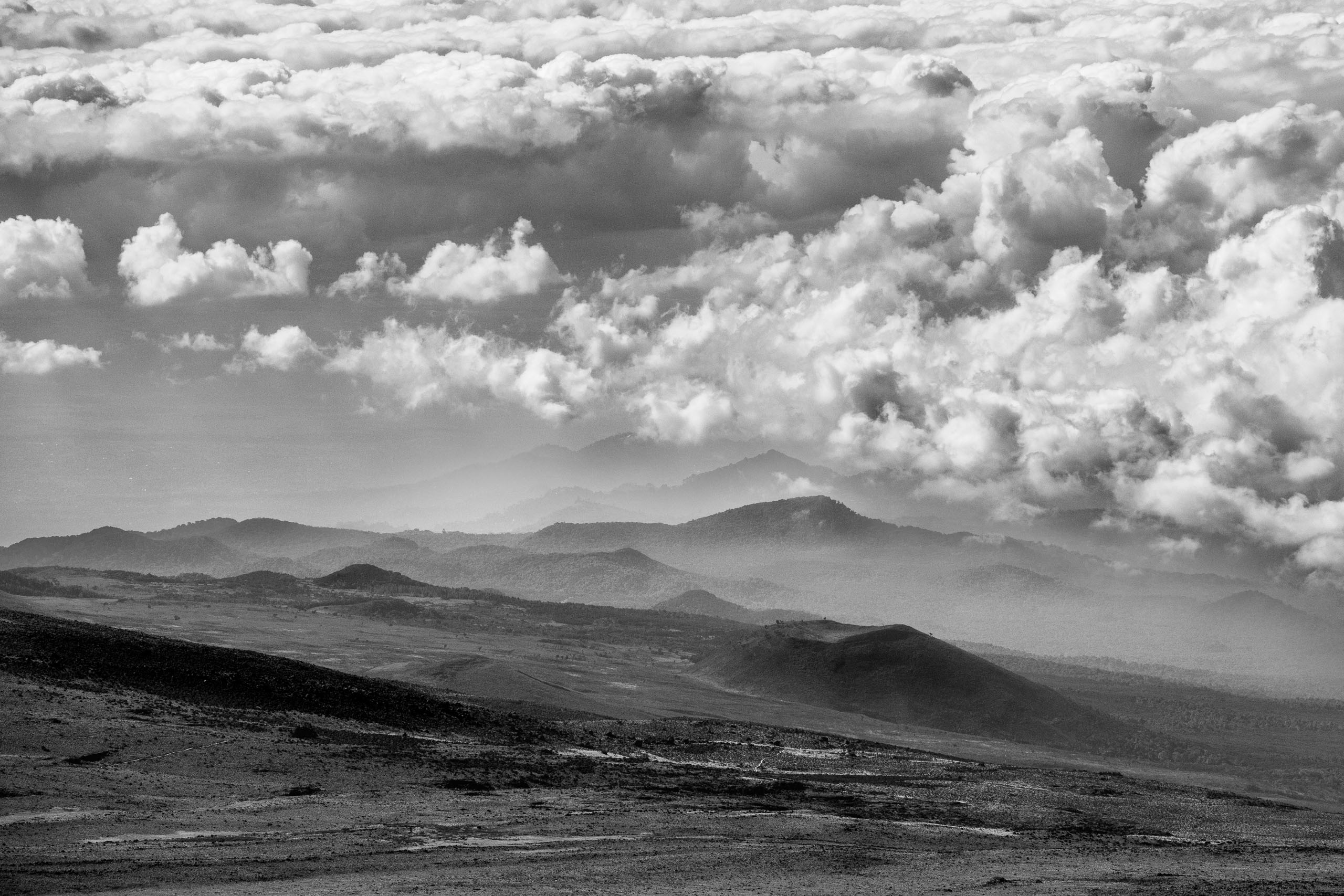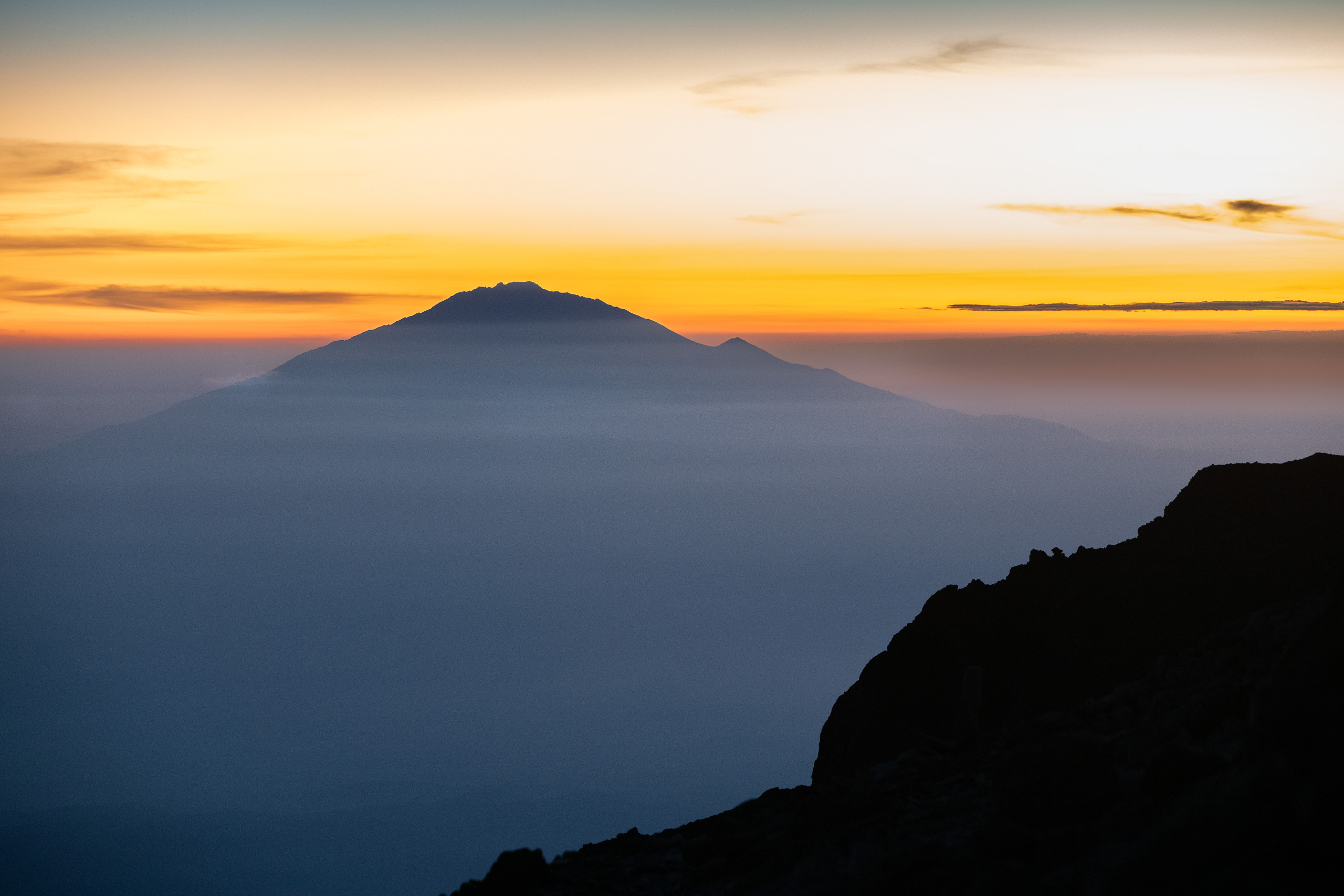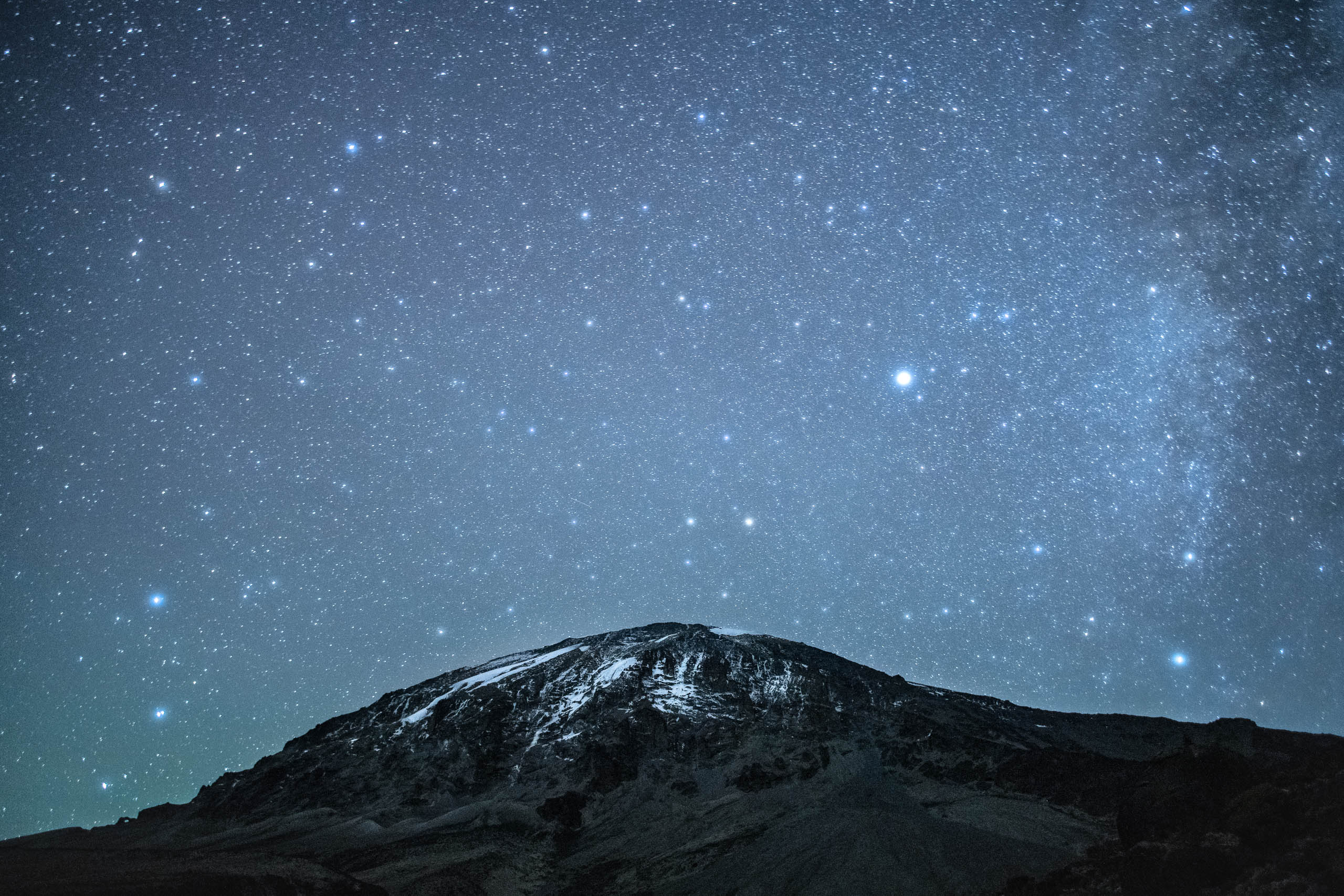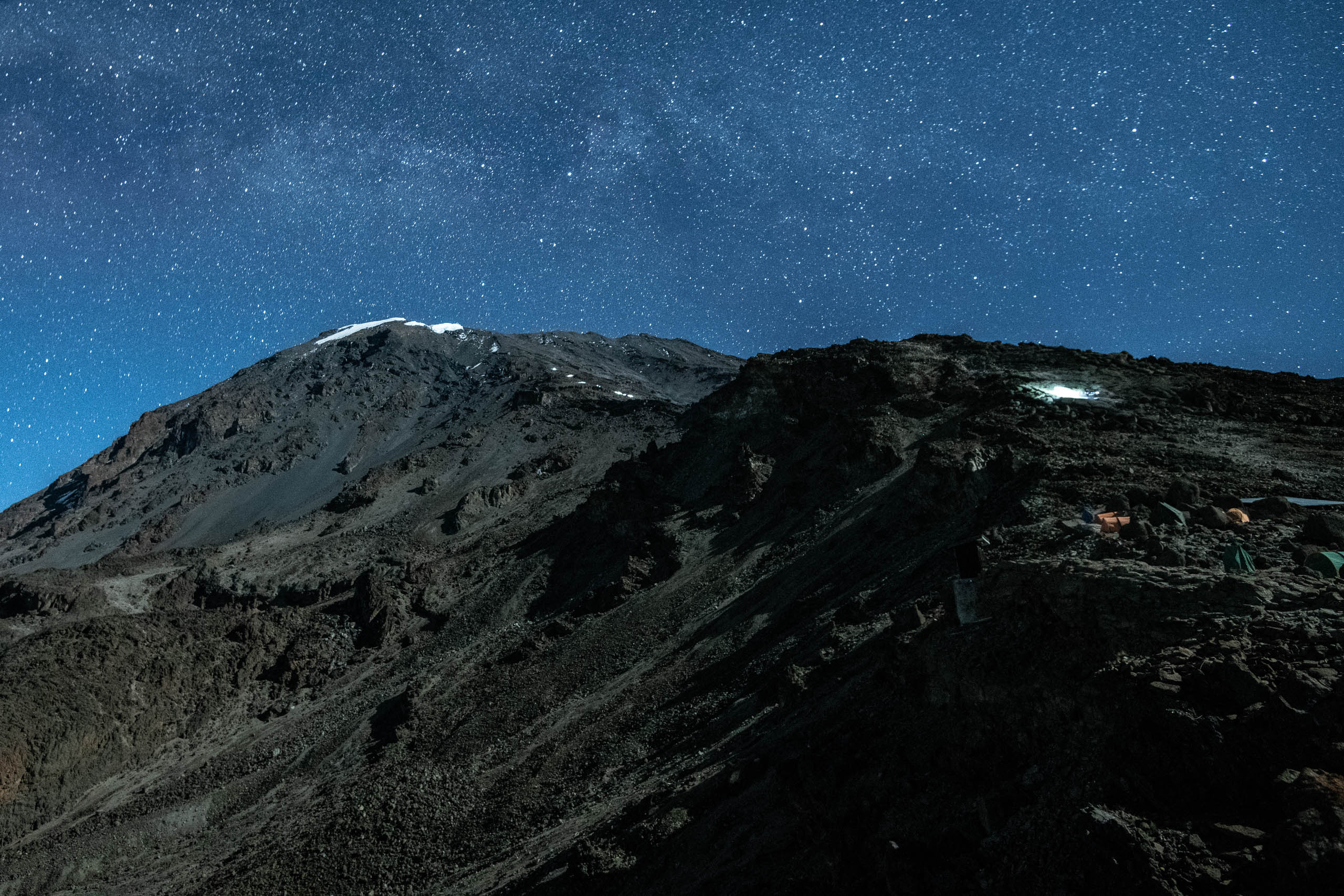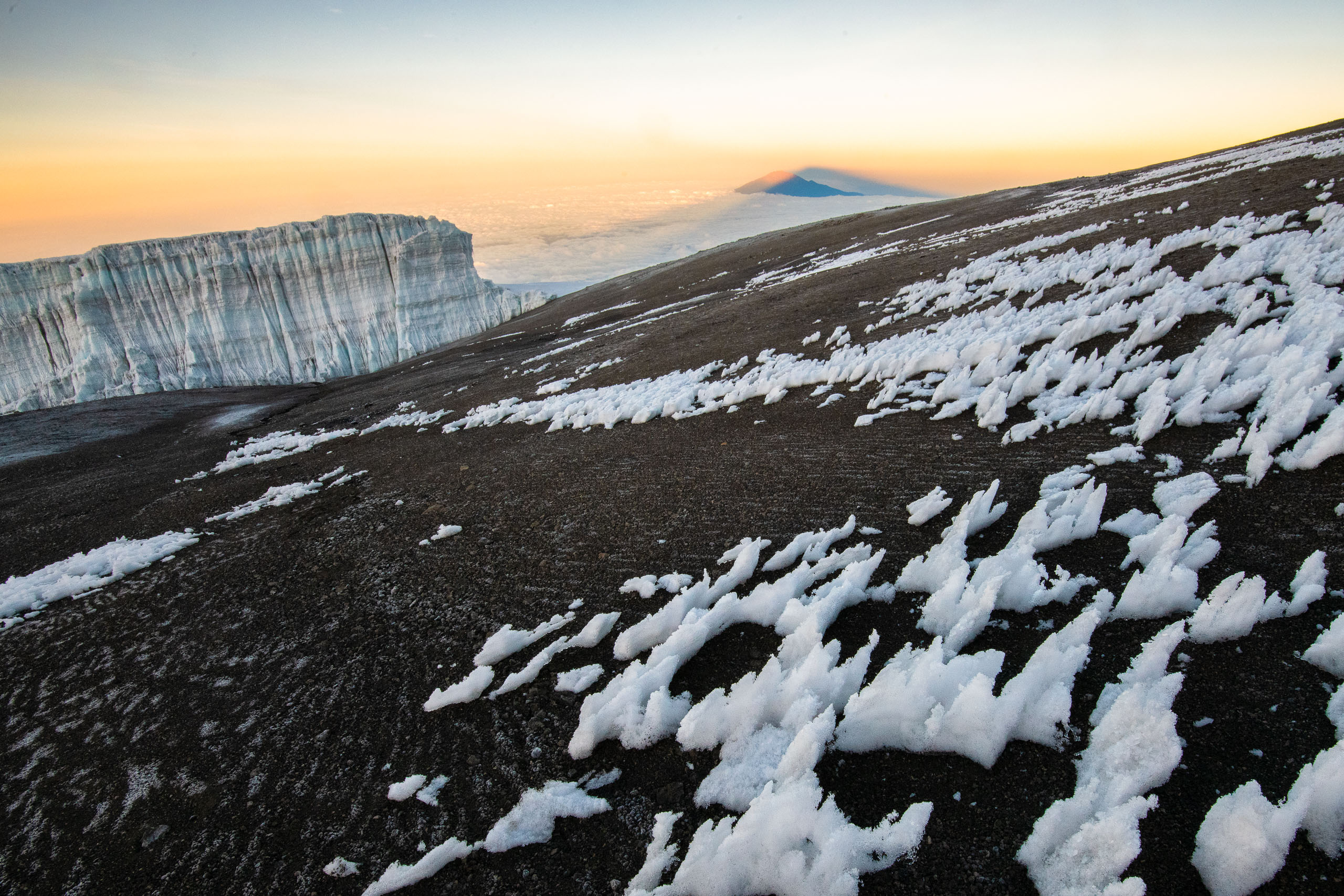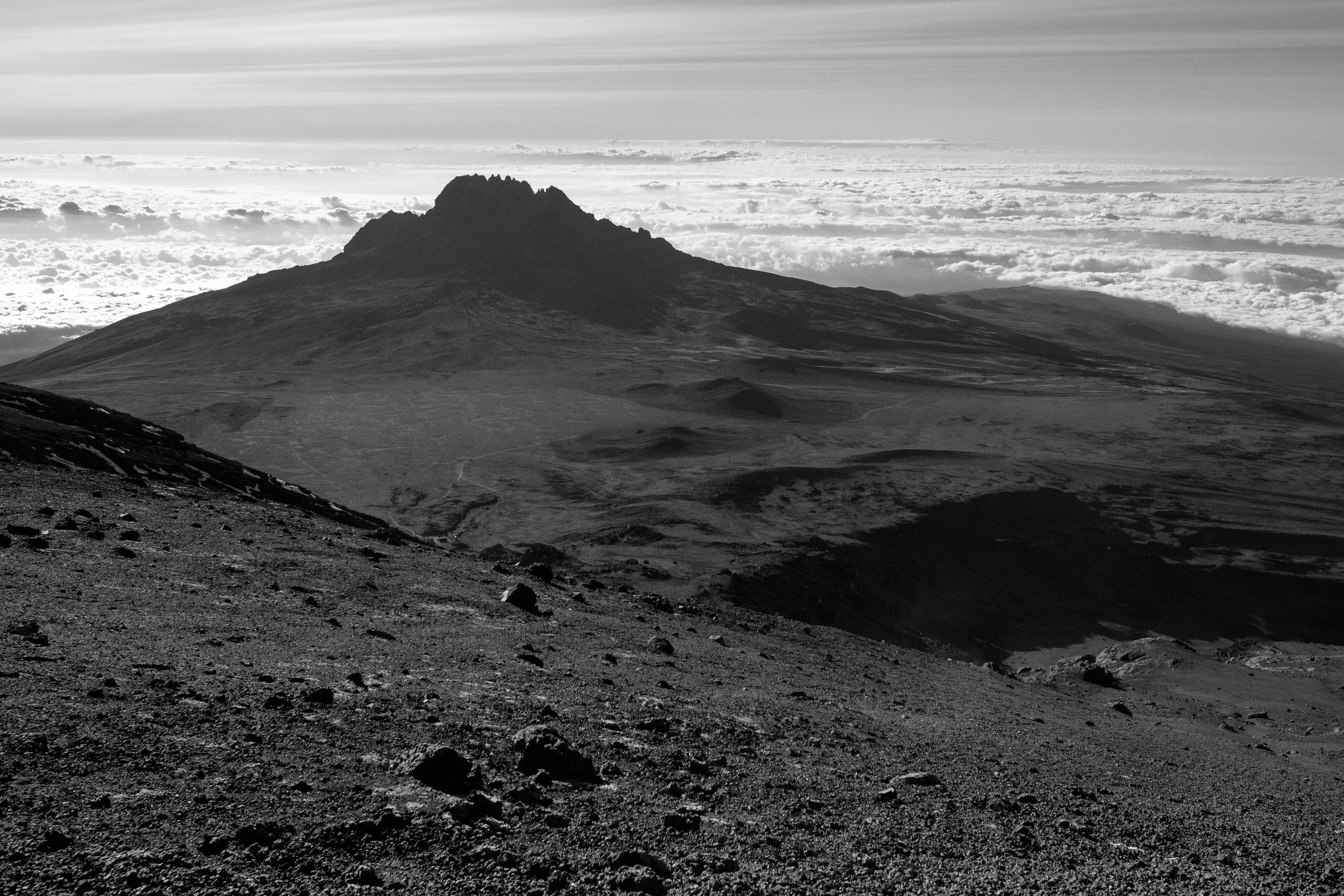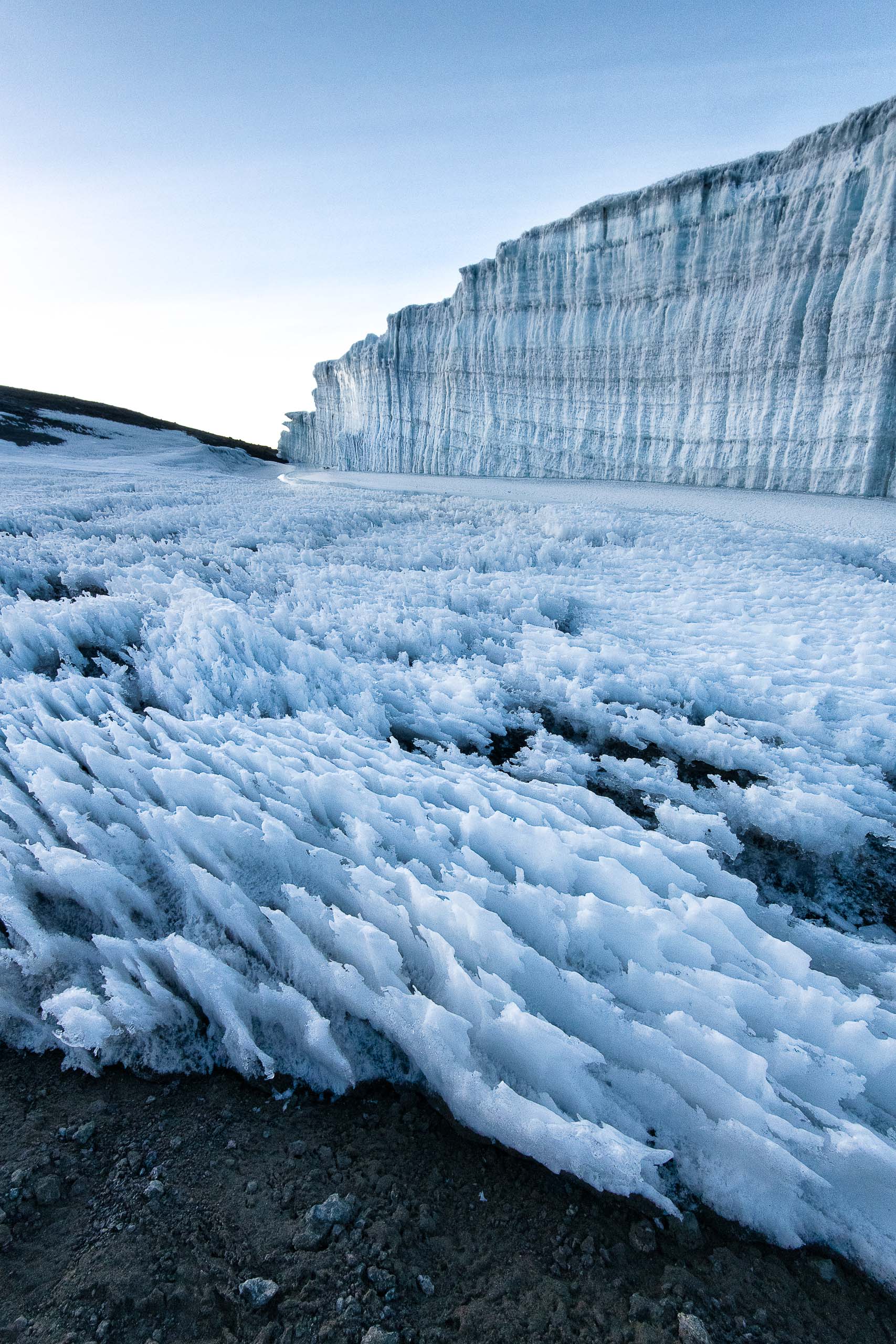Kilimanjaro, The Top of Africa
From Shira Camp, The mountain starts to reveal to you. Here at, 3,847m. Shira is one of the highest plateaus in the world in the moorland zone. The heath and moorland zone also referred to as the heather or moorland is the last zone before you reach the alpine zone. This zone is distinguished by heath-like vegetation and terrain filled with wildflowers.
All images in this website and any other source like Flickr, Facebook, Instagram are © Copyright of Chris Jiménez & TakeMeToTheWild and available for license use. Excerpts and links may be used, provided that full and clear credit is given to Chris Jimenez and TakeMeToTheWild® with appropriate and specific direction to the original content.
Free to use for education or conservation purposes license. My images are free to use for any conservation and education purposes. You qualify if for example, you are an NGO or NPO, if you would like to use my pictures on your presentation or conservation website or in your school project. Please contact me explaining your use case.
GEAR
The photography gear used in this story. Click on the items for more details.
